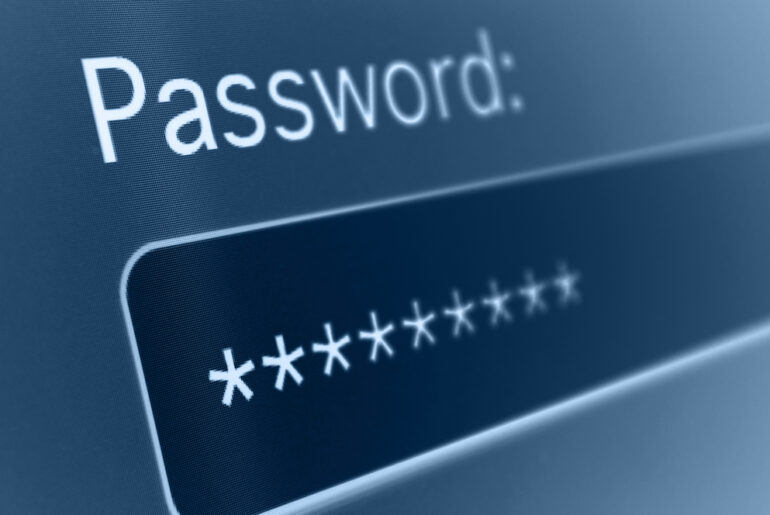Ransomware is a type of malicious software that locks access to your device or personal data until a ransom is paid, often in cryptocurrency. This threat can encrypt your system to prevent you from using it and, in some cases, even threaten to leak your private information unless payment is made.
Ransomware attacks are disruptive and costly, targeting individuals, businesses, and institutions. Understanding how ransomware works, how it spreads, and how to prevent it is key to protecting yourself online.
A Closer Look: How Ransomware Works
In many cases, ransomware attacks follow a clear pattern:
- Infection: The malware gets into your system through phishing emails, malicious websites, or compromised software.
- Activation: Once inside, the ransomware encrypts your system or locks you out completely.
- Demand: A ransom message appears, usually requesting payment in Bitcoin or another digital currency.
- Threat: Some variants add pressure by threatening to leak stolen data; this is known as double extortion.
Ransomware Examples You Should Know
Ransomware isn’t just one type of malware. There are several variations, each with unique methods and impact:
| Type | Description |
| Crypto ransomware | Encrypts data and demands payment for a decryption key. |
| Locker ransomware | Blocks access to the device entirely, usually by locking the screen. |
| Scareware | Fake security software that falsely claims to detect threats and demands payment. |
| Double extortion | Encrypts data and threatens to release it if the ransom isn’t paid. |
| Ransomware-as-a-Service (RaaS) | Ransomware kits that are sold or rented to cybercriminals, increasing the scale of attacks. |
How Ransomware Spreads
Understanding how ransomware gets onto your device is essential for prevention. Cybercriminals rely on user behavior and weak security points to deliver attacks. Here are the most frequent methods of distribution:
- Phishing Emails: Fake messages that trick users into clicking malicious links or opening attachments.
- Compromised Websites: Sites that silently trigger ransomware installations when visited.
- Outdated Software: Older software often contains vulnerabilities that ransomware can exploit.
- Public Wi-Fi: Unsecured networks can allow attackers to intercept data or inject malware.
- Infected Devices or USBs: Plugging in compromised devices can install ransomware without your knowledge.
Once deployed, ransomware can encrypt an entire system within minutes.
Why Ransomware Is So Dangerous
Unlike traditional viruses, ransomware isn’t always designed to steal information. In many cases, ransomware is meant to pressure victims into paying money under extreme circumstances. Here’s why it’s particularly damaging:
- Data loss: Access to important personal or business information may be lost permanently.
- Productivity loss: Entire systems can be rendered useless, halting operations.
- Financial impact: Ransoms can range from a few hundred to millions of dollars.
- Legal and privacy risks: If sensitive data is exposed, victims may face legal consequences or identity theft.
And paying the ransom doesn’t guarantee recovery. Many victims never regain full access to their data, even after payment.
How to Prevent Ransomware Attacks
The best defense is prevention. Use these techniques to reduce your exposure to ransomware:
1. Keep Software Updated
Regular updates patch security vulnerabilities. Set your operating system and all apps to auto-update when possible.
2. Use a VPN for Safer Connections
A Virtual Private Network (VPN) encrypts your online activity, reducing exposure to interception on public Wi-Fi or untrusted networks.
PrivadoVPN, for example, masks your IP address and builds a secure tunnel between your device and the Internet, minimizing the chance of ransomware reaching you through unsecured connections.
3. Practice Safe Email Habits
- Don’t open attachments or click links from unknown sources.
- Check the sender’s email address carefully.
- Be skeptical of urgent or unexpected messages asking you to act quickly.
4. Enable Multi-Factor Authentication (MFA)
Adding a second layer of login security, even just a text message or app-based code, can block attackers even if they get your password.
5. Backup Important Information Regularly
Keep secure backups on a device or location not constantly connected to your main system (such as an external hard drive or secure cloud service). If ransomware strikes, you won’t lose everything.
6. Use Reputable Security Software
Look for tools, like the ones offered by PrivadoVPN, that give you:
- Real-time threat monitoring
- Malware detection
- Ransomware blocking features
- Alerts for suspicious behavior
Legal and Technical Responses to Ransomware
Governments and cybersecurity agencies continue to fight ransomware through new laws and digital tools. In some regions, paying the ransom may be discouraged or illegal, especially if it supports criminal organizations.
Unfortunately, tracking down ransomware attackers is difficult due to:
- Use of cryptocurrencies that are hard to trace
- Anonymous hosting platforms
- The rise of Ransomware-as-a-Service, which allows even non-technical criminals to launch attacks
Take Control of Your Ransomware Protection
Ransomware is one of the most aggressive threats on the Internet. It locks victims out of their systems and demands a ransom, often with no guarantee of recovery. But with strong prevention tactics and the right security tools, you can significantly reduce your risk of being exposed to these attacks.
Combining good digital hygiene, secure backups, smart browsing habits, and VPN protection can make you a much harder target for cybercriminals.
PrivadoVPN provides critical protection by encrypting your traffic and hiding your IP, reducing entry points for ransomware attacks. It’s a key part of any modern cybersecurity setup.
In addition to our high-powered encryption settings, we also offer Control Tower SmartDNS functionality and dependable antivirus protection to keep you safe. These secure features allow you to enjoy added peace of mind 24/7, enhancing your online experience with just one click.
Begin Your Cybersecurity Journey with PrivadoVPN
Protect yourself before it’s too late. Sign up for PrivadoVPN and gain powerful tools (like anti-virus tools, threat protection, and ad blocking) to shield your data, prevent intrusions, and stay secure online…no matter where you connect.




